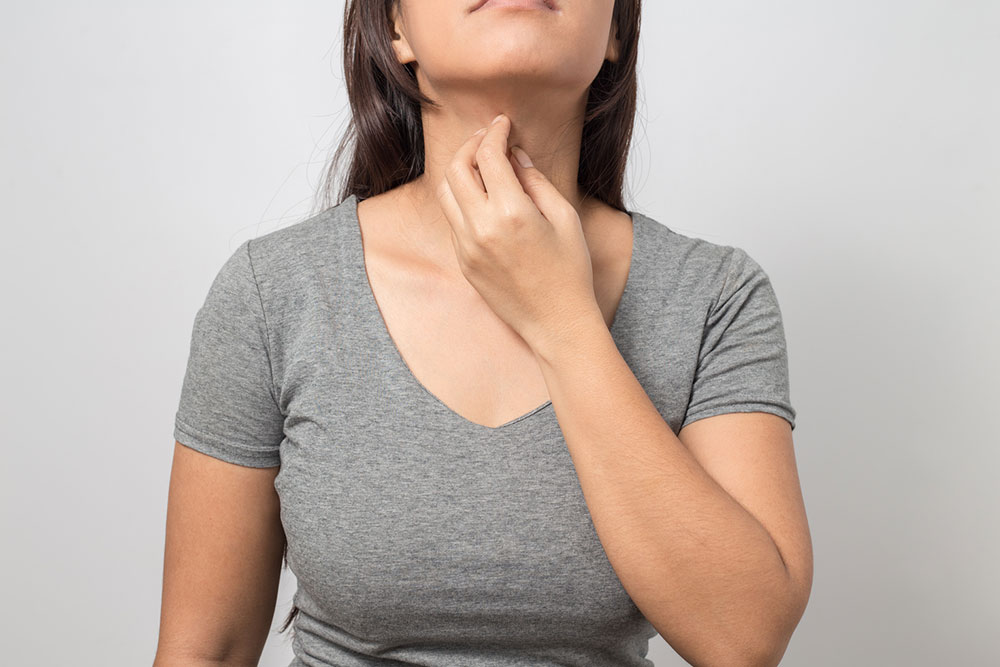
8 tell-tale signs of prurigo nodularis
Prurigo nodularis is a chronic skin condition involving the development of itchy, hard bumps on the skin’s surface. These bumps, known as nodules, typically appear due to constant itching and rubbing of the skin, a common symptom of this condition. It has affected 72 per 1,00,000 persons nationwide and is a rare but distressing skin ailment that requires prompt intervention. Recognizing the early signs below of this disease can help seek timely treatment:
Signs and symptoms
Persistent itching
Prurigo nodularis begins with intense, uncontrollable itching and rubbing of the skin. The cause of this symptom is unclear and usually triggers or aggravates the other symptoms of the disease.
Development of hard, itchy bumps
The constant itching characterizing this condition leads to hard, itchy bumps all over the skin, typically on the arms, legs, upper and lower back, abdomen, and buttocks. These nodules may be brown, red, or pink or, sometimes, of the same shade as one’s skin.
Dark or light spots throughout the skin
Individuals with prurigo nodularis may experience the development of dark or light spots on the skin as the itchy bumps clear. These spots may be lighter or darker than one’s original skin shade.
Sleep issues
Chronic itching and the development of itchy bumps may cause sleep issues among persons with prurigo nodularis. Moreover, patients with this condition are at an increased risk of insomnia.
Symmetrically distributed nodules
Prurigo nodularis is characterized by the symmetrical distribution of nodules across the skin. For example, one may develop nodules on both arms and legs. Such symmetrically distributed nodules are tell-tale signs of the condition for dermatologists.
Burning or stinging sensation on the skin
In addition to skin itching, some individuals with prurigo nodularis also experience a burning or stinging sensation on the skin surface.
Itching and bumps are limited to specific skin areas
The itching and bumps associated with prurigo nodularis are typically limited to specific areas of the skin and, therefore, are localized.
Papules that develop into nodules
In many cases, nodules on the skin’s surface due to prurigo nodularis may start as bumps or lesions less than 10 mm in diameter. These bumps may eventually develop into nodules, which typically have diameters of over 10 mm.
Tips and lifestyle changes for patients with Prurigo Nodularis
Apply an anti-itch cream
An anti-itch lotion containing menthol or camphor can help soothe itching and help manage the symptoms of prurigo nodularis.
Use lukewarm water for bathing and showering
It is essential to be gentle with one’s skin, bathing with lukewarm water, and avoiding intense exfoliation to prevent aggravation of prurigo nodularis symptoms.
Schedule regular doctor appointments
Patients with prurigo nodularis should be in constant touch with their dermatologists, scheduling regular appointments to discuss any developments and get their skin examined. Regular checkups can also help dermats suggest any changes in the ongoing interventions for the disease.
Limit carb intake
Experts suggest that limiting one’s carb intake and having more healthy fats can help induce a state of ketosis, which is linked to better symptom management among patients with prurigo nodularis. Moreover, it is also linked to reduced risk of other diseases like diabetes, which can worsen the symptoms.


